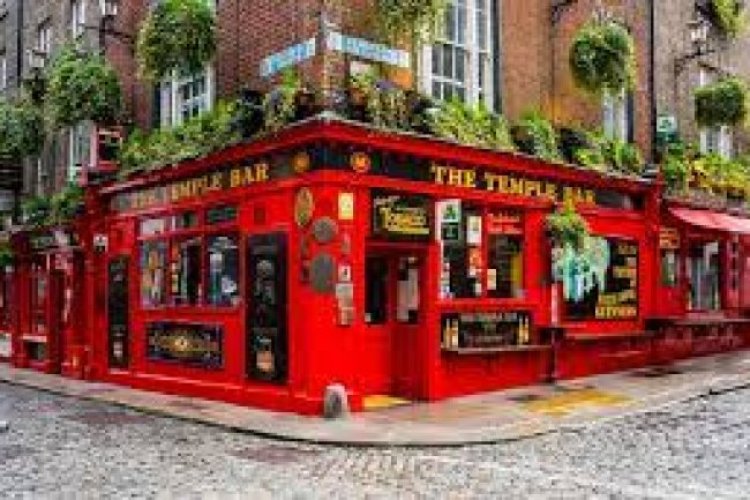Ireland trivia: Weird and interesting facts you probably didn't know
Ireland trivia: Weird and interesting facts you probably didn't know - Are you in love with Ireland and think you know everything about St. Patrick and the Irish? Let's see how many of these trivia about Ireland you already know

Are you in love with Ireland and think you know everything about St. Patrick and the Irish? Let's see how many of these trivia about Ireland you already know.
Anyone who has had the opportunity to travel to Ireland at least once knows very well that it is difficult not to fall in love with it. Thanks to the landscapes, the beer, the music and also the Irish culture – St. Patrick's Day included! Here are 10 curiosities about Ireland to get to know it better.
Curiosity Ireland:
1) St. Patrick was not Irish
No doubt you've heard of St. Patrick: Ireland's patron saint who is said to have rid the country of snakes (which, in fact, are not found on the island), as well as the Saint of the famous St. Patrick's day celebrations in Worldwide.
Well he actually he wasn't Irish. St. Patrick was born in 385 in Great Britain (then Roman Britain) and is thought to have been abducted and transported to Ireland when he was about sixteen.
Connoisseur of the Gaelic language and Celtic mythology, when he was entrusted with the mission of evangelizing Ireland he consented to the spread of a "hybrid" form of Christianity, called Celtic Christianity. This explains the diffusion in Ireland of the Celtic cross, different from the Roman one.
2) Ireland is not the country where the most Guinness is consumed
Guinness is usually synonymous with Ireland, but you might be surprised to learn that Britain and Nigeria actually buy more Guinness than Ireland itself.
3) The national symbol of Ireland is not the Clover
While clovers and shamrocks are often associated with Ireland, they are not the national symbol. This is, in fact, the Celtic harp, which became the national symbol in 1922, when Ireland seceded from the United Kingdom.
You can find the harp (also a Celtic symbol) on many Irish brands and items including coins, passports and, of course, Guinness.
4) The legend of Dracula has Irish origins
The story of Dracula takes place in Transylvania, however, the author of the famous book, Bram Stoker (who was Irish, by the way) is believed to have drawn the inspiration for his famous story from the Irish legend of Abhartach.
The Abhartach was an evil creature who, despite being slain many times, kept rising from its grave and drinking the blood of its victims.
Read the real history: Curiosity of Dracula: between legends and true events
5) Halloween has Irish origins
While Halloween, as we know it today, is a big tradition in North America, this celebration originated in Ireland. The origins of Halloween go back to the Samhain festival and it goes back thousands of years. The Celts thought that, on this day, the veil between the worlds of the living and the dead was very thin and spirits (both good and bad) could pass through it. Grace O'Malley (Grainne Ni Mhaille in Irish) was a pirate queen of Ireland who lived in the 16th century. Although she had a half-brother, it was Grace who took over as lady of the O Maille dynasty after the death of her father. She was known as a fighter and known for her skills and the fame she had among the Irish. “Yes” and “not” are two of the most common words in most languages, but there is no direct translation for them in Irish. Instead, this language uses a verb form to express affirmations and negatives. For example, when asked: would you like to go to the pub? You would respond with "I would like" or "I would not".6) Ireland had a Pirate Queen
7) In the Irish language there are no words "yes" and "no"
















